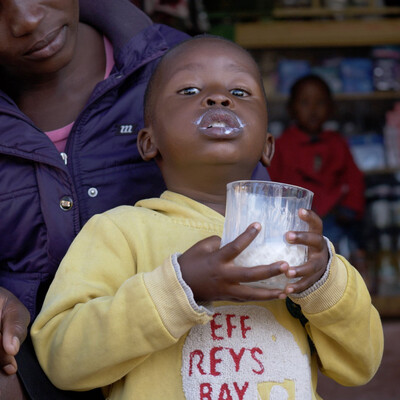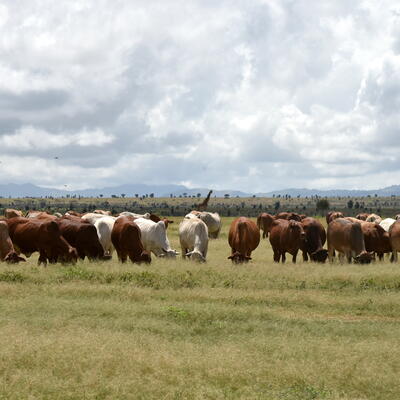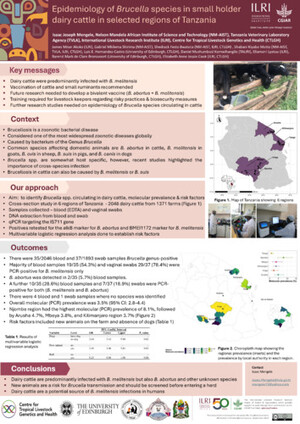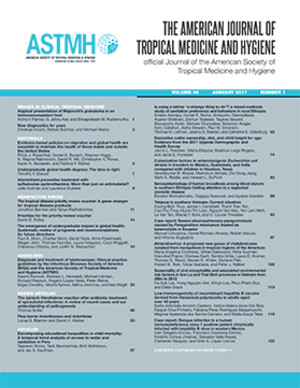
Building biosafety and biosecurity capacity in northern Kenya to respond to biological threats
A five-day intensive biosafety and biosecurity training was organized for Isiolo and Marsabit counties in Kenya by the International Livestock Research Institute (ILRI)-led project ‘Co-infection with Rift Valley fever virus, Brucella spp. and Coxiella burnetii in humans and animals in Kenya: Disease burden and ecological factors’. Held on 21-25 February 2022, the training aimed to build local laboratory and field biosafety and biosecurity capacity for northern counties, where projects on zoonotic conditions are being implemented.
The World Health Organization (WHO) defines biosecurity as the ‘institutional and personal security measures designed to prevent the loss, theft, misuse, diversion or intentional release of pathogens and toxins’. Biosafety refers to ‘the containment principles, technologies and practices that are implemented to prevent unintentional exposure to pathogens and toxins or their accidental release’.
The three-year project seeks to develop effective surveillance, detect diseases, characterize outbreaks, and estimate the burden of three zoonotic diseases. These include Rift Valley fever (RVF); a viral disease transmitted by mosquitoes, brucellosis; a bacterial infection spread from animals to people through drinking contaminated milk; and query fever (Q-fever), a disease caused by bacteria found in cattle, sheep and goats.
The training brought together 26 participants from the Ministries of Health and Agriculture in both counties and was conducted using the national biosafety/biosecurity training curriculum.
The Isiolo deputy director of medical services officially opened the training, saying that training on biorisk management around zoonotic diseases, namely RVF, brucellosis and Q-fever is critical. He added that learning about biosafety is essential to avoid the occupational risks of handling these diseases during diagnosis and management.
The training used didactic lectures with an interactive adult learner approach, practical sessions to enhance skills acquisition, and group work with hands-on exercise and demonstrations. It comprised of 12 taught modules which included an introduction to One Health, biosafety and biosecurity policies, regulations in biorisk management, and field and lab biosafety and biosecurity. The participants also went through biorisk management, biocontainment and facility design, waste management, and shipping and transport of biological materials. Other modules included incident management and emergency response, occupational health, and safety, and key players' roles and responsibilities in biorisk management.
The training was conducted by facilitators from the Ministry of Health, Kenya, the Ministry of Agriculture, Livestock, Fisheries and Cooperatives, Kenya - Directorate of Veterinary Services, the Kenya Medical Research Institute, the Zoonotic Disease Unit, and ILRI.
The co-infection project is led by ILRI and funded by the US Defense Threat Reduction Agency (DTRA). It aims to use a multisectoral and transdisciplinary approach to address the public health risks pastoralist communities face in northern Kenya.
Partners of the project include Washington State University (WSU) and Los Alamos National Laboratory in the US, and Kenya Wildlife Services (KWS), the Zoonotic Disease Unit, the Ministry of Health, the University of Nairobi, and the Kenya Medical Research Institute (KEMRI) in Kenya.
Read more about the project.
Photo credit: Scientists preparing samples in biosafety level III facilities at ILRI laboratory (ILRI/Paul Karaimu)


















